Nationality American Books Plan for New Haven Role Architect | Name Cass Gilbert Occupation Architect | |
 | ||
Born November 24, 1859 ( 1859-11-24 ) Zanesville, Ohio, U.S. Awards President, American Institute of Architects, 1908-09 Died May 17, 1934, Brockenhurst, United Kingdom Buildings Woolworth Building, United States Supreme Court Building Education Macalester College, Massachusetts Institute of Technology Structures Woolworth Building, Alexander Hamilton US Cust, Minnesota State Capitol, United States Supreme, Saint Louis Art Museum Similar Othmar Ammann, Frank Winfield Woolworth, Frederick Law Olmsted | ||
Architecture cass gilbert woolworth building
Cass Gilbert (November 24, 1859 – May 17, 1934) was a prominent American architect. An early proponent of skyscrapers in works like the Woolworth Building, Gilbert was also responsible for numerous museums (Saint Louis Art Museum) and libraries (Saint Louis Public Library), state capitol buildings (the Minnesota, Arkansas and West Virginia State Capitols, for example) as well as public architectural icons like the United States Supreme Court building. His public buildings in the Beaux Arts style reflect the optimistic American sense that the nation was heir to Greek democracy, Roman law and Renaissance humanism. Gilbert's achievements were recognized in his lifetime; he served as president of the American Institute of Architects in 1908-09.
Contents
- Architecture cass gilbert woolworth building
- Is c p h gilbert the same architect as a cass gilbert who designed the woolworth building
- Early life
- Minnesota career
- National reputation
- Historical impact
- Archives
- Notable works
- Name confusion with CPH Gilbert
- References

Gilbert was a conservative who believed architecture should reflect historic traditions and the established social order. His design of the new Supreme Court building (1935), with its classical lines and small size contrasted sharply with the very large modernist Federal buildings going up along the National Mall in Washington, D.C., which he disliked.
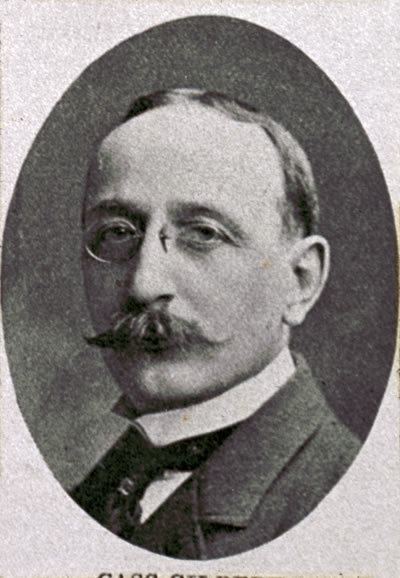
Heilbrun says "Gilbert's pioneering buildings injected vitality into skyscraper design, and his 'Gothic skyscraper,' epitomized by the Woolworth Building, profoundly influenced architects during the first decades of the twentieth century." Christen and Flanders note that his reputation among architectural critics went into eclipse during the age of modernism, but has since rebounded because of "respect for the integrity and classic beauty of his masterworks."
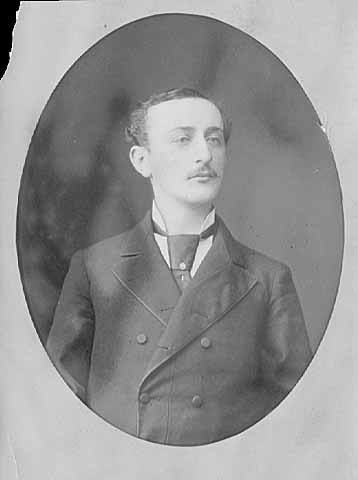
Is c p h gilbert the same architect as a cass gilbert who designed the woolworth building
Early life
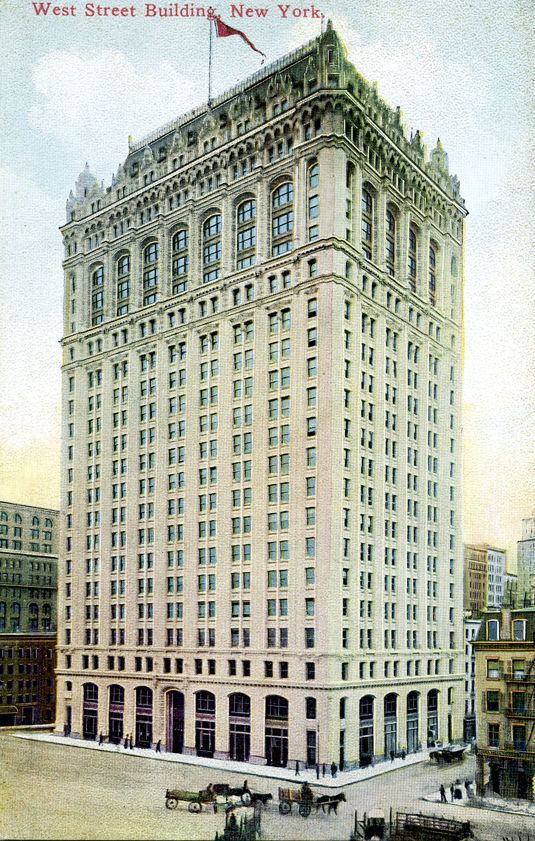
Gilbert was born in Zanesville, Ohio, the middle of three sons, and was named after the statesman Lewis Cass, to whom he was distantly related. Gilbert's father General Samuel A. Gilbert was a Union Civil War veteran and a surveyor for the United States Coast Survey. His uncle was Union Gen. Charles Champion Gilbert. At the age of nine, Gilbert's family moved to St. Paul, Minnesota, where he was raised by his mother after his father died. He attended preparatory school but dropped out of Macalester College. He began his architectural career at age 17 by joining the Abraham M. Radcliffe office in St. Paul. In 1878, Gilbert enrolled in the architecture program at MIT.
Minnesota career

Gilbert later worked for a time with the firm of McKim, Mead, and White before starting a practice in St. Paul with James Knox Taylor. He was commissioned to design a number of railroad stations, including those in Anoka, Willmar and the extant Little Falls depot (1900). He won a series of house and office-building commissions in Minnesota: the Endicott Building in St. Paul is still regarded as a gem. As a Minnesota architect he was best known for his design of the Minnesota State Capitol dome and the downtown St. Paul Endicott Building. His goal was to move to New York City and gain a national reputation, but he remained in Minnesota from 1882 until 1898. Many of his Minnesota buildings are still standing, including more than a dozen private residences (especially those on St. Paul's Summit Avenue), several churches featuring rich textures and colors, resort summer homes, warehouses, and railroad depots in Anoka, Willmar, and Little Falls.
National reputation
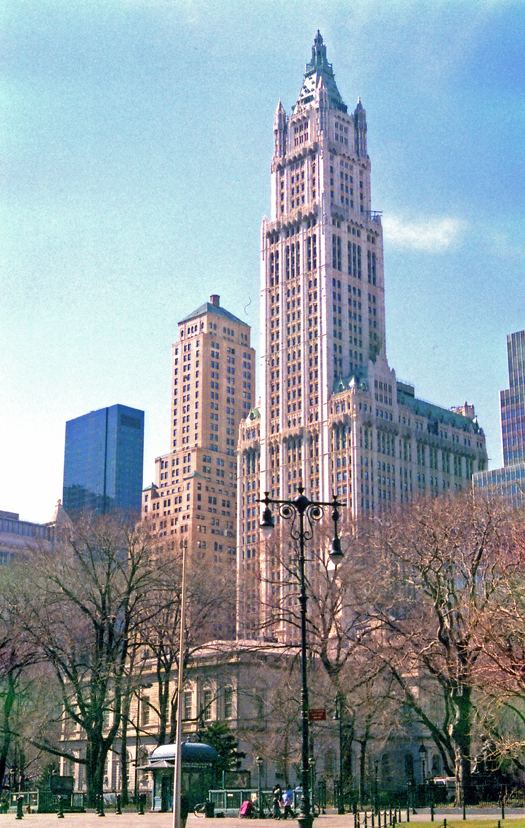
The completion of the Minnesota capitol gave Gilbert his national reputation and in 1898 he permanently moved his base to New York. His break-through commission was the design of the Alexander Hamilton U.S. Custom House in New York City (now housing the George Gustav Heye Center). Gilbert served on the U.S. Commission of Fine Arts from 1910 to 1916. In 1906 he was elected into the National Academy of Design as an Associate member, and became a full Academician in 1908. Gilbert served as President of the Academy from 1926 to 1933.
Historical impact
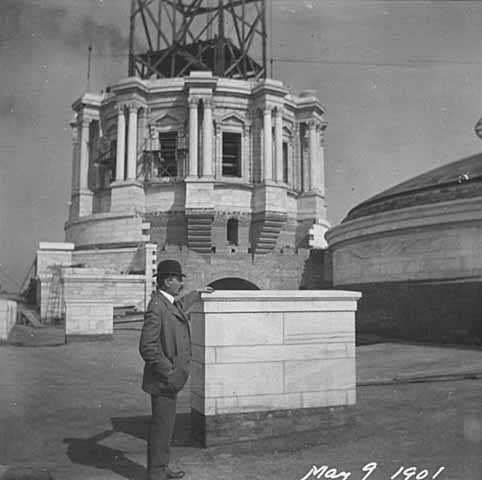
Gilbert was a skyscraper pioneer; when designing the Woolworth Building he moved into unproven ground — though he certainly was aware of the ground-breaking work done by Chicago architects on skyscrapers and once discussed merging firms with the legendary Daniel Burnham — and his technique of cladding a steel frame became the model for decades. Modernists embraced his work: John Marin painted it several times; even Frank Lloyd Wright praised the lines of the building, though he decried the ornamentation.
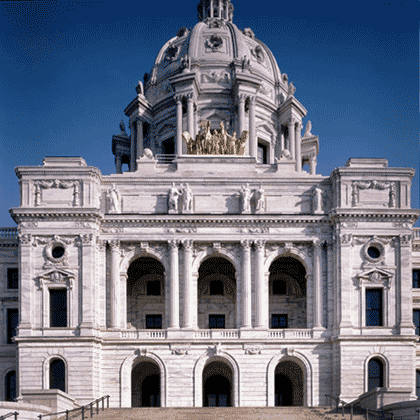
Gilbert was one of the first celebrity architects in America, designing skyscrapers in New York City and Cincinnati, campus buildings at Oberlin College and the University of Texas at Austin, state capitols in Minnesota and West Virginia, the support towers of the George Washington Bridge, various railroad stations (including the New Haven Union Station, 1920), and the United States Supreme Court building in Washington, D.C.. His reputation declined among some professionals during the age of Modernism, but he was on the design committee that guided and eventually approved the modernist design of Manhattan's groundbreaking Rockefeller Center: when considering Gilbert's body of works as whole, it is more eclectic than many critics admit. In particular, his Union Station in New Haven lacks the embellishments common of the Beaux-Arts period, and contains the simple lines common in Modernism.
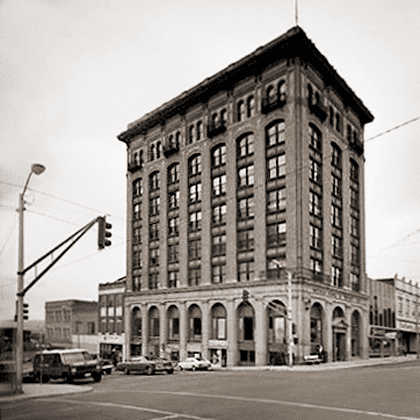
Gilbert wrote to a colleague, "I sometimes wish I had never built the Woolworth Building because I fear it may be regarded as my only work and you and I both know that whatever it may be in dimension and in certain lines it is after all only skyscraper."
Gilbert's two buildings on the University of Texas at Austin campus, Sutton Hall (1918) and Battle Hall (1911), are widely recognized by architectural historians as among the finest works of architecture in the state. Designed in a Spanish-Mediterranean revival style, the two buildings became the stylistic basis for the later expansion of the university in the 1920s and 1930s and helped popularize the style throughout the state.
Archives
Gilbert's drawings and correspondence are preserved at the New-York Historical Society, the Minnesota Historical Society, the University of Minnesota, and the Library of Congress.
Notable works
Name confusion with C.P.H. Gilbert
Cass Gilbert is often confused with Charles Pierrepont Henry Gilbert, another prominent architect of the time. Cass Gilbert designed the famous Woolworth Building skyscraper on Broadway for Frank W. Woolworth, while Woolworth's personal mansion was designed by C.P.H. Gilbert. The Ukrainian Institute building on Manhattan's 5th Avenue is the work of C.P.H. Gilbert, and often incorrectly attributed to Cass Gilbert.
Cass Gilbert should also not be confused with his son, architect Cass Gilbert, Jr.
